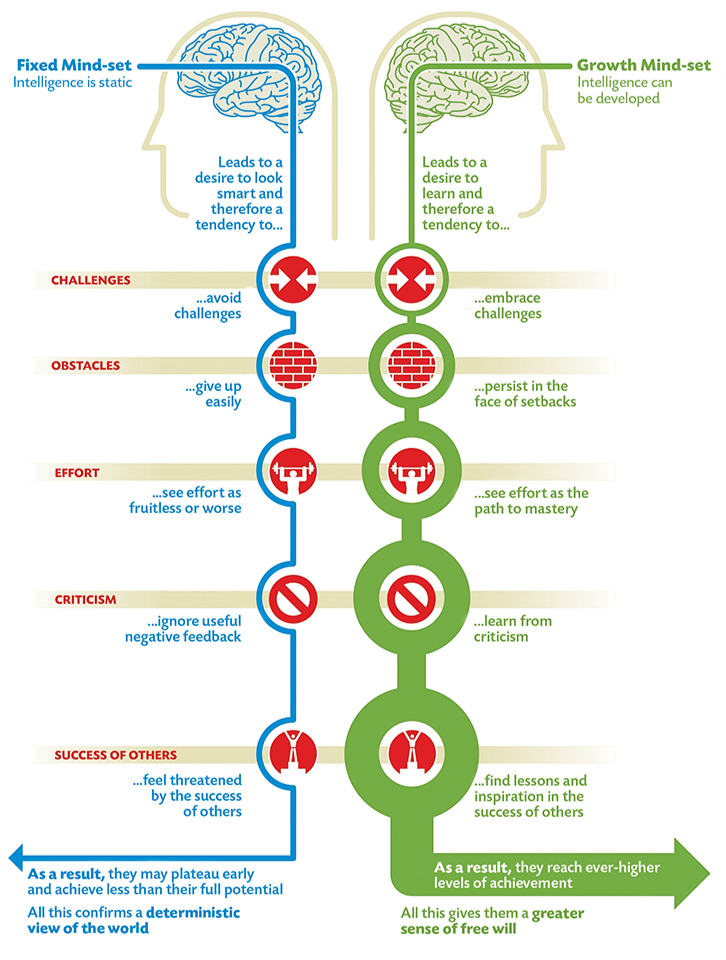The Core Assumptions of Skillful Teaching
- carolinetoop0
- Dec 20, 2024
- 2 min read
In The Skillful Teacher: On Technique, Trust, and Responsiveness in the Classroom (2015), Stephen Brookfield outlines four core assumptions of skillful teaching. In this post, I will provide a brief commentary on two of these assumptions.
“Skillful teaching is whatever helps students learn” (Brookfield, 2015, p.15)
In a professional master’s program like the University of British Columbia Master of Physical Therapy program, the curriculum is quite rigid as it is based on core competencies that physiotherapists must demonstrate upon graduation. These competencies must be met in order to become licensed and be deemed safe and competent to work with the public. Although as an instructor in the program I am constrained by the curriculum, this first assumption by Brookfield is a reminder to remain open and flexible to new ways of teaching. I find that as a new member of the instructional staff I feel a certain pressure to continue to use certain methods because that is the way they have always been done in the program, or in order to meet the assumed professional standards of senior faculty members. I want to push myself in the future to be more bold and open-minded about new ways of teaching, particularly when I see that students have struggled with previous methods of instruction. As long as assessment methods can demonstrate that students have mastered the desired skill or content, faculty should be open to whatever novel teaching methods get students to this point of mastery. This will require confidence in my experience, intuition, and skill as an instructor.
“Skillful teachers adopt a critically reflective stance toward their practice” (Brookfield, 2015, p.15)
Brookfield describes that this critically reflective stance is important for two reasons. The first being that it increases the chance that we are taking informed actions as instructors to better our teaching methods. The second reason is that by showing students that we are able to critically reflect on our own teaching, we are modelling the behaviour that we want our students to demonstrate in their own learning. I believe that encouraging critical reflection through modelling is particularly important in physiotherapy education. This reflection is clearly important as students go through their physiotherapy theory-based education, synthesizing and recontextualizing their learning as they go through the program. However, it becomes even more important as they go out on clinical placement, working with real patients and putting their skills to the test in the real world. They must learn to critically reflect on their assessment findings, patient interactions, treatment choices, and actions in ethical dilemmas. The earlier we are able to model that reflection is critical in both teaching and learning, the better chance we have of students adopting it in their daily practice in and out of the classroom. This will not only lead to more robust and meaningful learning, but will also lead to improved patient outcomes as students go on to become licensed physiotherapists in the community.
Reference:
Brookfield, S. D. (2015). The skillful teacher: On technique, trust, and responsiveness in the classroom (3rd ed.). John Wiley & Sons.





Comments